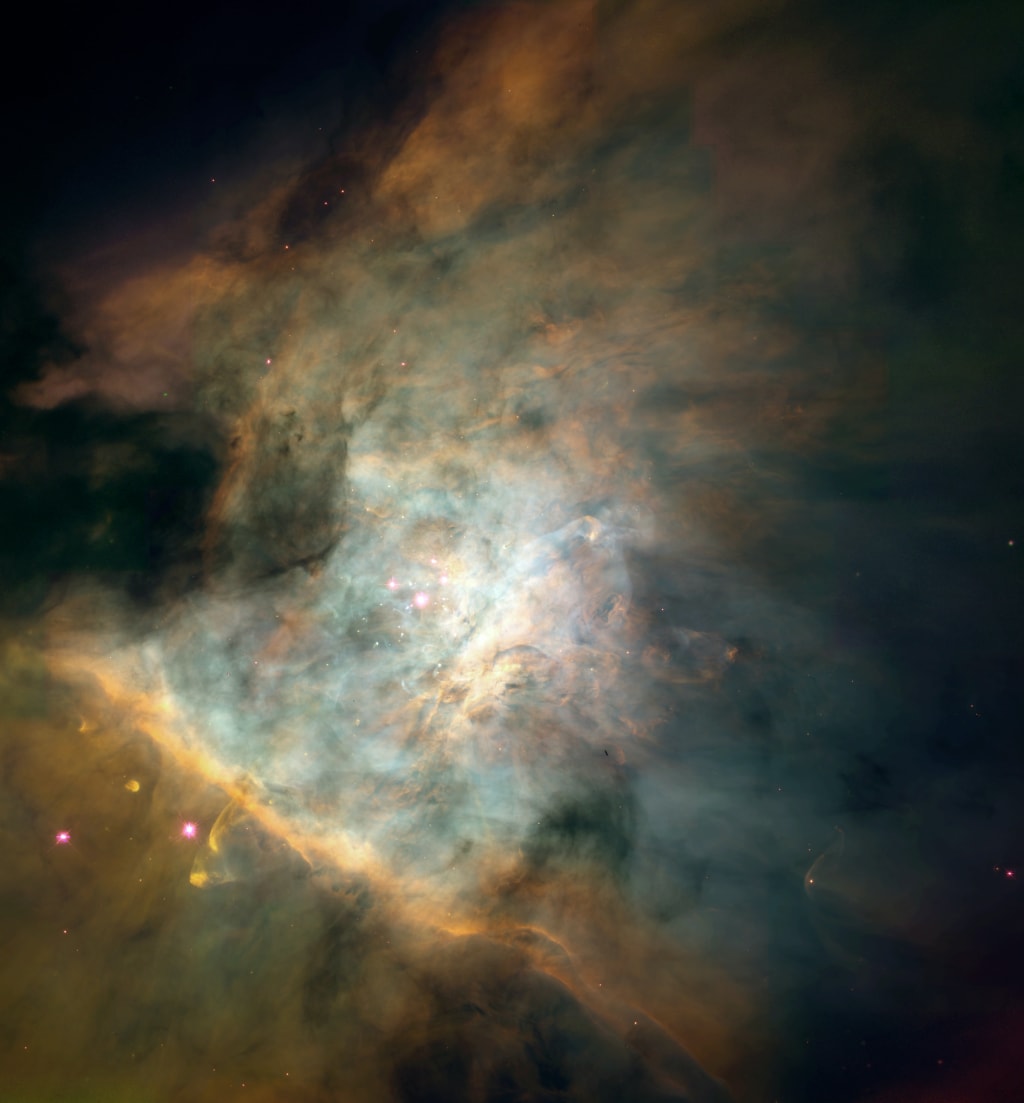About 800 stars in the universe suddenly disappeared, where did they go?
About 800 stars in the universe suddenly disappeared

Everything in the universe has a lifespan. Even huge stars like the sun will one day, when the gas and fuel that make up them run out, their lives will come to an end. But even if they are dying, the process is extremely long. It is not like blowing out a candle and disappearing without a trace in an instant. However, what scientists have discovered is indeed this: some stars in the universe suddenly disappear. Now, what happened to them? There is no convincing explanation yet.
death of a star
Scientists already know that stars like the sun also have a limit to life. The more massive the star, the shorter its lifespan, and conversely, the less massive the star, the longer its lifespan. When the gaseous material that makes up a star burns out, it goes through a process of death. Generally speaking, there are three outcomes for a star to die: become a white dwarf, a neutron star, or become a black hole.
Specifically, when a star with a mass no more than 1.44 times the mass of the Sun dies, it becomes a white dwarf, which is known as the Chandrasekhar limit. A white dwarf will eventually become a black dwarf. If it becomes a black dwarf, it means eternity, because scientists believe that the survival limit of a black dwarf may exceed the age of the universe, that is, since the Big Bang For 13.8 billion years, there may not be a true black dwarf star formed. Our sun will eventually become a black dwarf.
In addition, if the mass of a star is 1.5-3 times the mass of the sun, then it will become a neutron star after it dies. This limit is called the Oppenheimer limit, and the neutron star will eventually become a neutron star. black dwarf.
If a star has more than three times the mass of the sun, it collapses into a black hole when it dies, which is called a Schwarzschild black hole. According to Hawking's theory, the black hole will eventually disappear due to the radiation of energy.
For a star, no matter which end it will eventually lead to, it will take a long process. For example, it will take about 4.5 billion years for our sun to finally become a white dwarf star. Even if a star finally becomes a black hole, the process will last for a few months at the fastest. A star does not suddenly "go out" like blowing out a candle.
Suddenly "extinguished" stars
Although existing theories say that a star can never "suddenly go out", scientists have indeed found evidence of some stars "suddenly going out."
Professor Beatriz Villarroel, a theoretical physicist from the Nordic Institute of Theoretical Physics in Sweden, and her team have compared and analyzed astronomical observation data over the past 50 years since 2017 and found that there are at least 800 stars in the night sky in the last 50 years. "Suddenly disappeared" at some point in the past few years, and the process actually happened in just a few minutes. Due to the huge amount of astronomical observational data accumulated in the past 50 years, Professor Beatriz Villarroel estimates that truly similar phenomena may far exceed the current statistics.
So, where did these "suddenly disappearing" stars go?
Scientists currently have two main explanations for this.
One explanation is that these suddenly disappeared stars actually just collapsed into a black hole, and this epic process happened to be discovered by us. But this explanation also has obvious shortcomings. Professor Beatriz Villarroel believes that the event of a star collapsing into a black hole can only happen once every 1000 years in our galaxy, so we are unlikely to be so lucky to be "just right" Observed once, let alone 800.
Another, possibly more convincing, explanation is that suddenly disappearing stars may just happen to be the "labels" of alien civilizations. Scientists believe that when a civilization develops to a sufficiently advanced level, it will inevitably develop stellar engineering technology. A typical example is the Dyson sphere, which is currently the most widely accepted ultimate civilization technology for stellar utilization engineering. Of course, there is also an explanation that these suddenly disappeared "stars" are in fact huge interstellar spacecraft of alien civilizations, so they may just move their positions instead of "disappearing".
No matter what the explanation is, the "suddenly disappearing" star is indeed a real phenomenon. Perhaps, neither of the above two explanations is close to the truth of the event. The reason is that our technological civilization has not yet reached the height of being able to explain this phenomenon. Of course , it is also possible that both of the above explanations are correct. I believe that with the development of human civilization and the advancement of technology, the mystery of "suddenly disappearing stars" must be reasonably explained.
About the Creator
Vicky
The world is so wonderful, let's get to know the world together!
Enjoyed the story? Support the Creator.
Subscribe for free to receive all their stories in your feed. You could also pledge your support or give them a one-off tip, letting them know you appreciate their work.






Comments
There are no comments for this story
Be the first to respond and start the conversation.